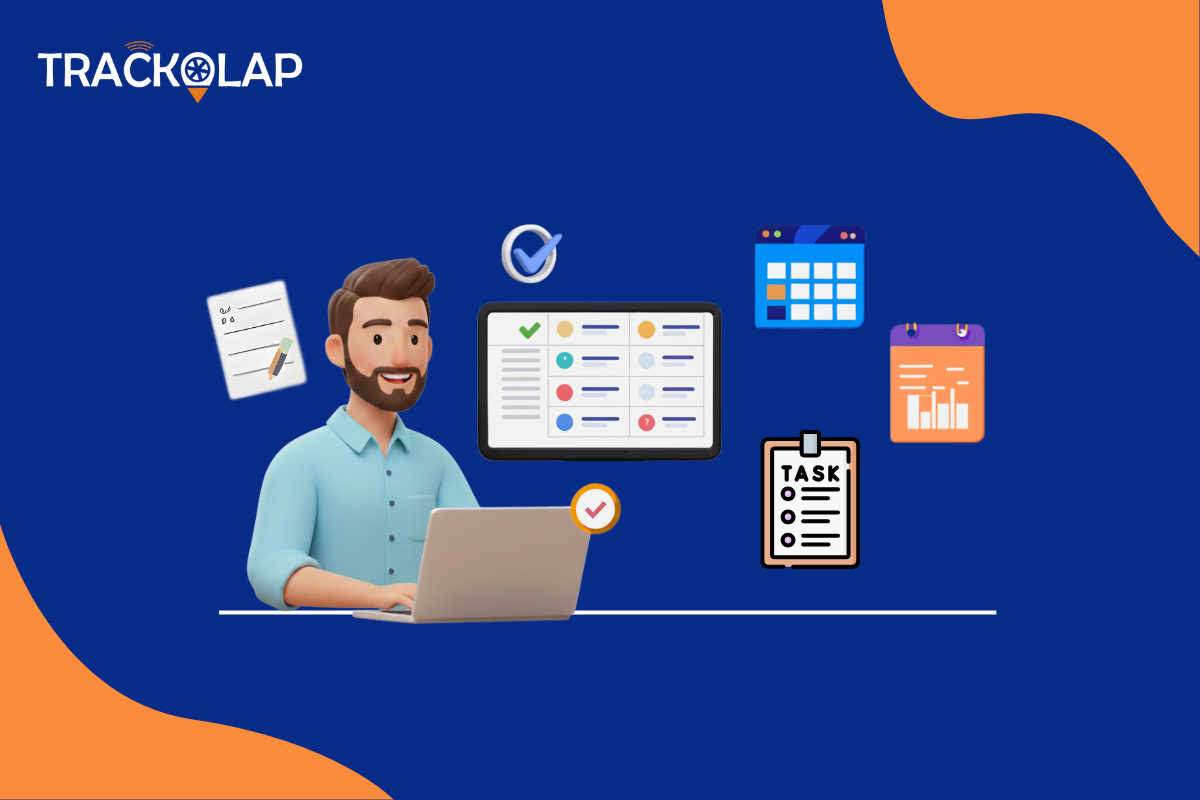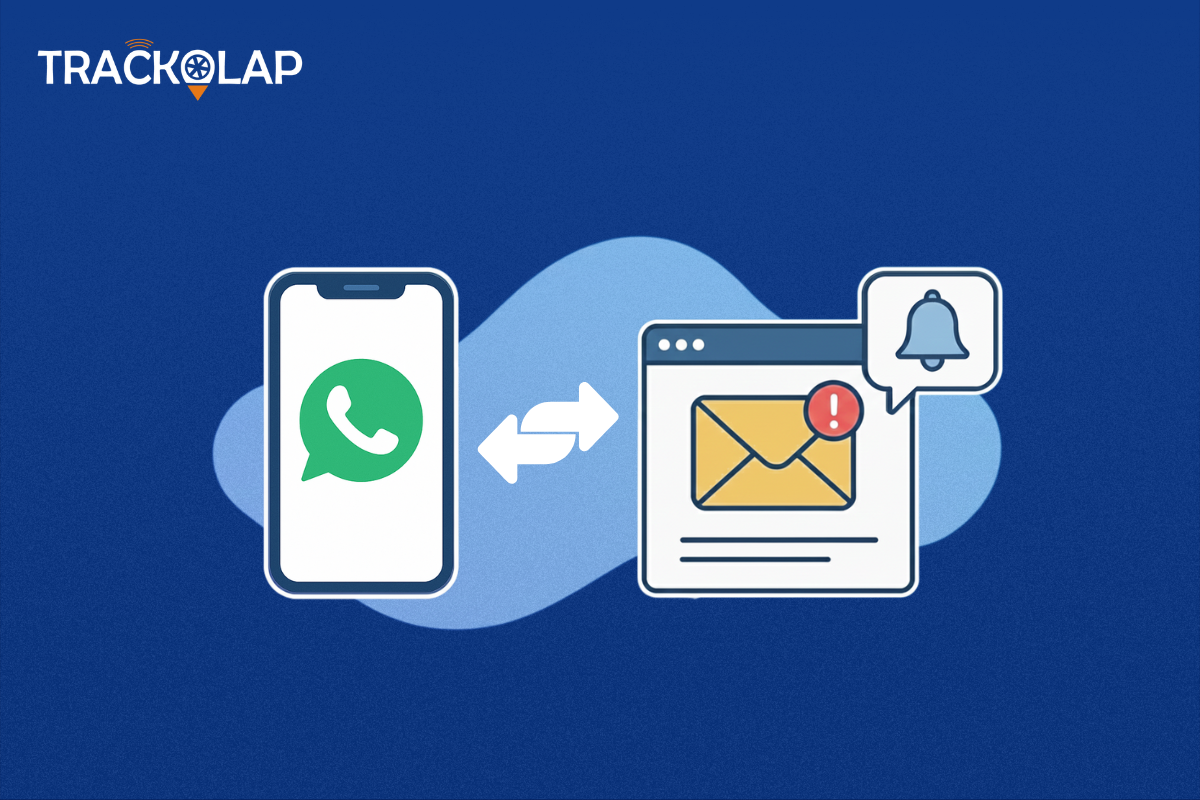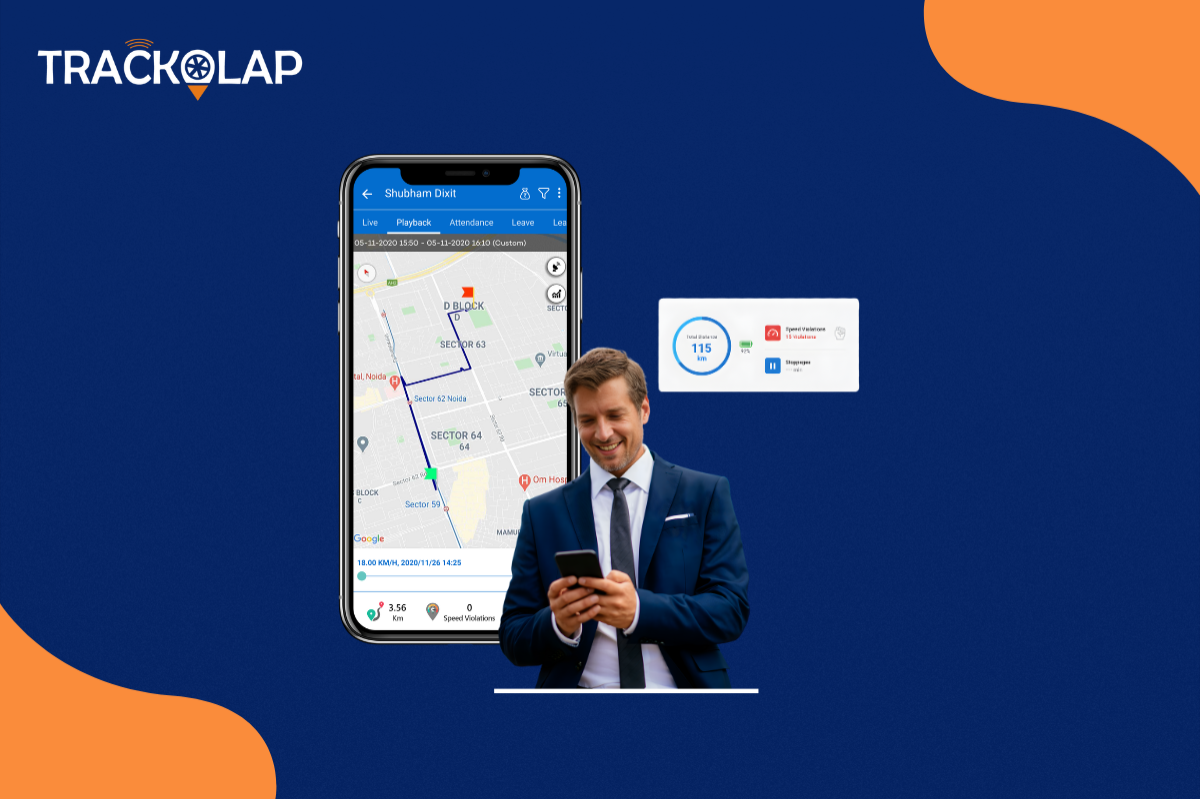
From Paperwork to Productivity: How Onboarding Software Transforms New Hire Experiences?
Welcoming new hires is more than just a handshake and stack of forms; it is the first step in setting new employees up for success. The traditional onboarding process can be tedious, leaving employees tangled in piled-up paperwork instead of integrating them into the team. However, advanced employee onboarding software eliminates these hassles and time-consuming chores into an engaging experience for new hires.
Imagine a robust solution that empowers the recruitment team to focus on building relationships rather than juggling with logistics. A new hire onboarding software focuses on automating administrative tasks , optimizes workflows, ensures compliance with internal policies, and delivers a personalized journey for each new employee. It’s a win-win situation; your team gets more time to invest in strategic processes, and new employees feel supported and engaged from day 1.
This transformation isn't just about convenience; it fosters a positive first impression and reflects the organization’s commitment to innovation and efficiency. By transitioning from manual procedures to digital solutions like employee onboarding software - you are likely to set the tone for productivity and long-term retention right from the beginning.
What is an Employee Onboarding Software?
Employee onboarding software is a digital tool designed to optimize new employees' integration into an organization. It automates varied tasks, including providing offer letters, document submissions, employee e-verification, compliance tracking, and training assignments—all under one platform!
With a centralized online onboarding platform, the HR team can easily create a structured onboarding workflow to ensure a consistent and efficient experience for each new hire. Its key features include a customized checklist, seamless document verification, automated emails, e-signatures, task management, and more to remove clutters from the onboarding process.
Moreover, this software prioritizes providing a smooth onboarding process and ensuring new employees get comfortable with their roles and quickly fit into the company’s culture. This approach minimizes the load on the HR team and makes the transition smooth and hassle-free for new hires.
Benefits of an Employee Onboarding Software to Look Out
Optimizing the onboarding process is no longer about convenience; it has become necessary today for organizations that aim to foster better productivity and engagement from day one. An employee onboarding system simplifies the entire process, ensuring a seamless integration of new hires into your company culture while automating repetitive tasks.
Say goodbye to overwhelming paperwork and incorporate a smooth onboarding process to make onboarding a personalized experience that leaves a lasting impression on your new team members and boosts retention rates.
1. Streamlines Employee Onboarding Process
New hire onboarding software simplifies the onboarding journey by automating repetitive tasks such as filling out forms, collecting documents manually, and assigning training modules. This approach saves the HR team time and minimizes the risk of errors, which often occur due to manual procedures.
By optimizing workflows, HR teams can prioritize engaging with new hires personally and creating a welcoming atmosphere in the organization. This ensures that employees feel supported from the beginning, setting the tone for a productive and positive work environment.
2. Improves Employee Experience
A user-friendly online onboarding platform offers new employees a seamless experience, providing access to information, training, and resources in one place. Employees can easily navigate their first days with intuitive dashboards and self-service options.
This approach builds confidence and eliminates overwhelming feelings about starting a new job. Employees who feel guided and valued will likely stay engaged and committed to the organization.
3. Improved Compliance and Documentation
A smooth onboarding process ensures all legal and regulatory requirements are met by maintaining accurate records and automating compliance tasks within a comprehensive platform. Features like e-signatures and automated alerts keep recruitment teams on track with the deadlines.
With everything securely stored in digital format, businesses can minimize the risk of misplaced documents and avoid penalties for non-compliance. It further instilled confidence in new hires by demonstrating the organization’s professionalism and organization.
4. Boosts Employee Retention
An effective new hire onboarding software nurtures a sense of belonging and alignment with the company’s values from the beginning. This makes employees feel valued and integral to the organization, increasing the likelihood of them staying with the company.
Offering a structured onboarding experience to new hires can minimize turnover rates and save costs associated with recruiting and training replacements in the long run. It also sets a robust foundation for long-term engagement and loyalty.
5. Minimizes Onboarding Costs
By digitizing the onboarding procedure, organizations can save money on printing, mailing, and organizing physical resources. Additionally, automating administrative tasks reduces the need for additional HR personnel, making the onboarding process more cost-effective and strategic.
Investing in onboarding software can be a cost-effective solution that delivers high ROI by enhancing efficiency and employee retention rates. It transforms the onboarding process into a strategic advantage rather than a logistic challenge.
How can Employee Onboarding Software Transform New Hire?
The onboarding system transforms how organizations welcome and integrate new hires, turning what could be a stressful procedure into a seamless experience. Automate administrative tasks and offer interactive training modules to ensure new employees feel valued and equipped from day one.
It streamlines paperwork and compliance and promotes connection via collaborative tools and personalized onboarding journeys. Bride the gaps in your new employee onboarding process to boost employee retention rates and satisfaction levels.
1. Optimizes Administrative Processes
The onboarding tool automates repetitive administrative tasks like document collection, verification and task assignment. This level of automation minimizes manual errors and ensures HR teams do not overlook essential steps in the onboarding procedure. For example, new hires can complete forms and update documents through the digital portal, which saves time and maintains data accuracy. By reducing administrative work burden, recruiters can focus on improving employee engagement.
Moreover, reducing paperwork and manual procedures results in a faster onboarding experience. New hires can promptly access essential resources and training materials without delays - often linked with traditional onboarding methods. This efficiency enables new employees to transition smoothly into their roles, minimize anxiety, and enhance their overall first-day experience.
2. Personalized Employee Onboarding Journeys
New hire onboarding software allows companies to create personalized experiences for new employees based on specific roles and responsibilities. Customized onboarding journeys include custom welcome messages, role-specific training modules, and introductions to team members. Research indicates that employees who experience custom onboarding are more satisfied with their jobs, resulting in high retention rates.
Furthermore, a personalized approach assists new hires in feeling valued and integrating with the company’s culture from the beginning. A sense of belonging is essential for promoting long-term organizational loyalty and engagement. Organizations can improve the emotional connection between new hires and the workplace by addressing individual needs.
3. Enhances Compliance and Record-Keeping
Employee onboarding tools help companies comply with legal requirements by automating the monitoring and documentation of essential forms and training. For instance, they can prompt new hires to complete compliance training courses while automatically storing completion records. This automation-based approach minimizes the risk of fines for non-compliance and simplifies audit procedures.
Moreover, companies can improve data security during onboarding by centralizing essential information into a secured platform. Focus on compliance protects organizations and assures new hires that they are joining a well-managed company.
4. Reduces Overwhelm for New Hires
The onboarding process can be overwhelming for new employees due to the vast amount of information presented quickly. Employee onboarding system addresses this challenge by smartly spacing out content delivery and breaking down training into manageable segments. This approach enables new hires to absorb information comfortably without feeling inundated.
By providing a structured learning path that gradually introduces new concepts and tasks, an onboarding tool reduces the anxiety associated with starting a new job. When employees feel welcomed and supported by an organized onboarding process, they are likely to engage with their roles positively and maintain high productivity over time.
5. Enhanced Communication and Engagement
A modern onboarding platform facilitates seamless communication between new employees, recruiters, and managers through integrated messaging and chatbots. New hires can ask questions and receive immediate support, ensuring a less stressful transition into the organization. Scheduled check-ins and feedback forms integrated into the platform ensure new hires feel heard and valued.
For organizations, these tools assist in building a culture of open communication and transparency from the beginning. Employees will likely stay engaged when they feel supported and included. This approach improves the onboarding experience and fosters employee retention rates.
6. Consistent High-Quality Onboarding Experience
Onboarding software makes sure that every new employee experiences a consistent onboarding journey regardless of department or location. Organizations can maintain a high-quality onboarding journey that meets their established benchmarks by standardising training material and procedures across organisations. This level of consistency ultimately enhances overall employee performance and significantly reinforces the company’s brand identity for the long term.
Furthermore, uniform onboarding experience helps combat discrepancies in training quality that may occur when different managers conduct the onboarding process independently. New employees will have similar expectations and experiences, which promotes equality within the organization.
Conclusion
An employee onboarding software transforms the way businesses engage with new hires today! It has turned the traditional paperwork-heavy process into an efficient, engaging, personalized experience. By automating tasks, promoting collaboration, and offering real-time feedback, the onboarding system helps new hires feel welcome and accelerates productivity levels.
Seamless integration of these tools results in a smooth transition, improves employee retention, and creates a dynamic work culture. This ensures new hires become valuable contributors to the team’s success. Sounds interesting? Streamline your onboarding process with TrackOlap’s automated features; connect with our experts now !






























 Back to Blogs
Back to Blogs










 D-5 Sector-59, Noida, Uttar Pradesh (India)
D-5 Sector-59, Noida, Uttar Pradesh (India) contactus@trackolap.com
contactus@trackolap.com 7011494501
7011494501










